3 April 1778 Friday
Vases, Candelabra, Grave Stones, Sarcophagi. Tripods, Lamps and Ancient Ornaments volume II
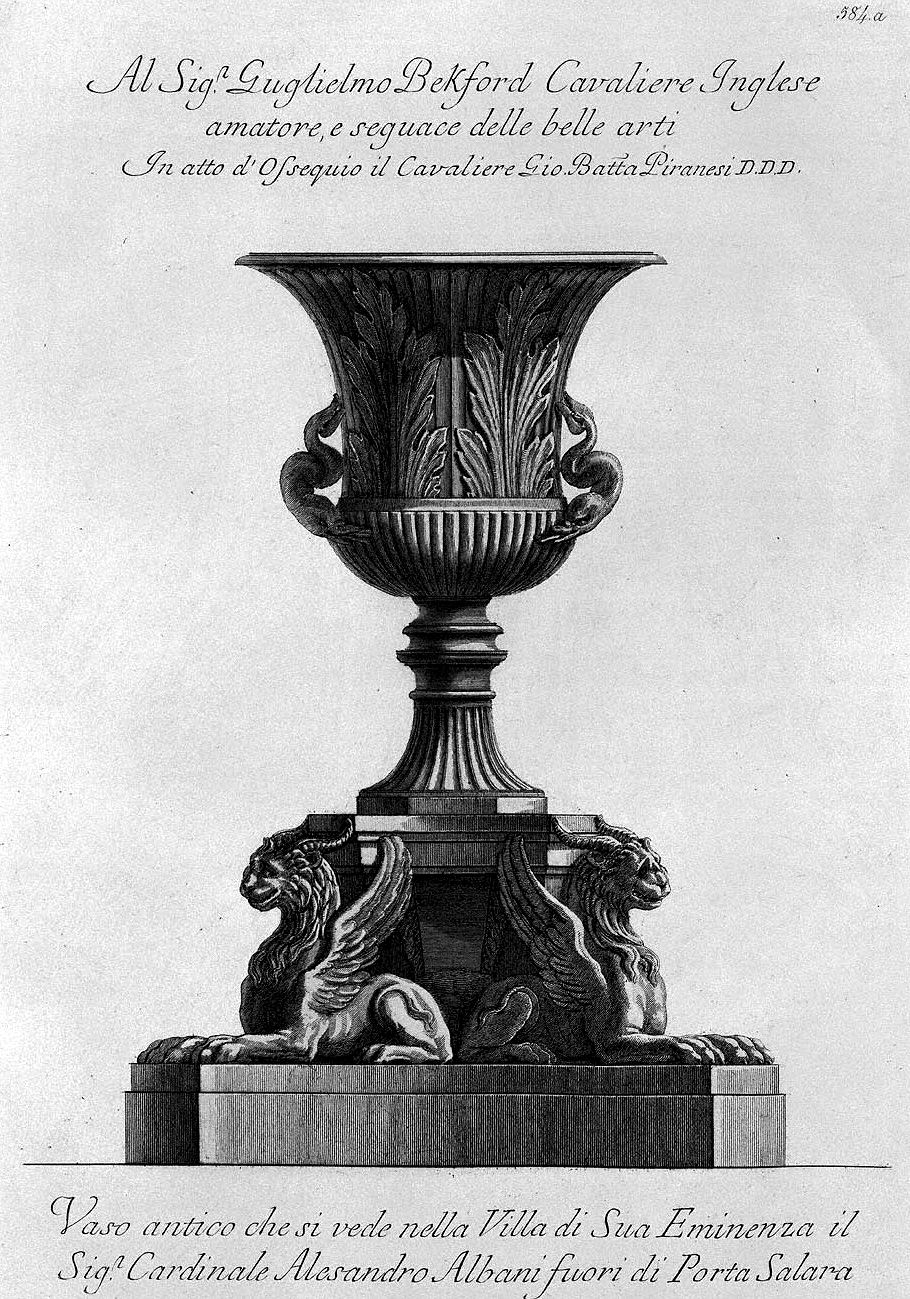
To Mr. Guglielmo Bekford English Knight lover, and follower of the fine arts
In deed of Obsequiousness the Knight Gio. Batt(ist)a Piranesi. D.D.D.
Ancient vase that can be seen in the Villa of His Eminence Cardinal Alesandro Albani outside Porta Salara
Cav. Piranesi F.
24-25 y.o. Francesco Piranesi 1783
Palazzo of the Villa d’Este in Tivoli, Seen from the Fontana dell’Ovato
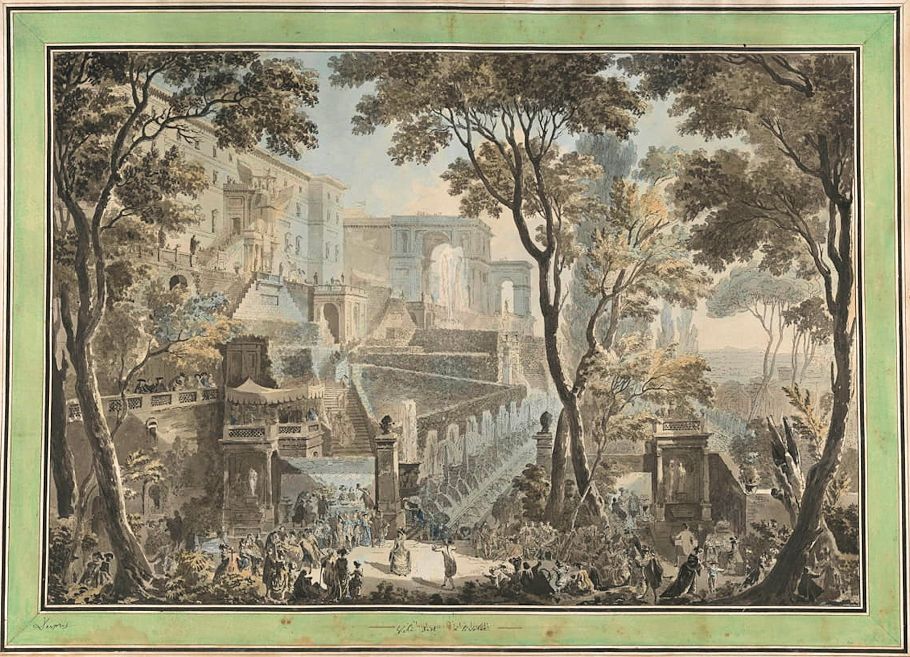
Etching by Francesco Piranesi of drawing by Louis Jean Desprez, with hand-colouring by Louis Jean Desprez.
45-46 y.o. Francesco Piranesi 1804
Calcography of the Piranesis
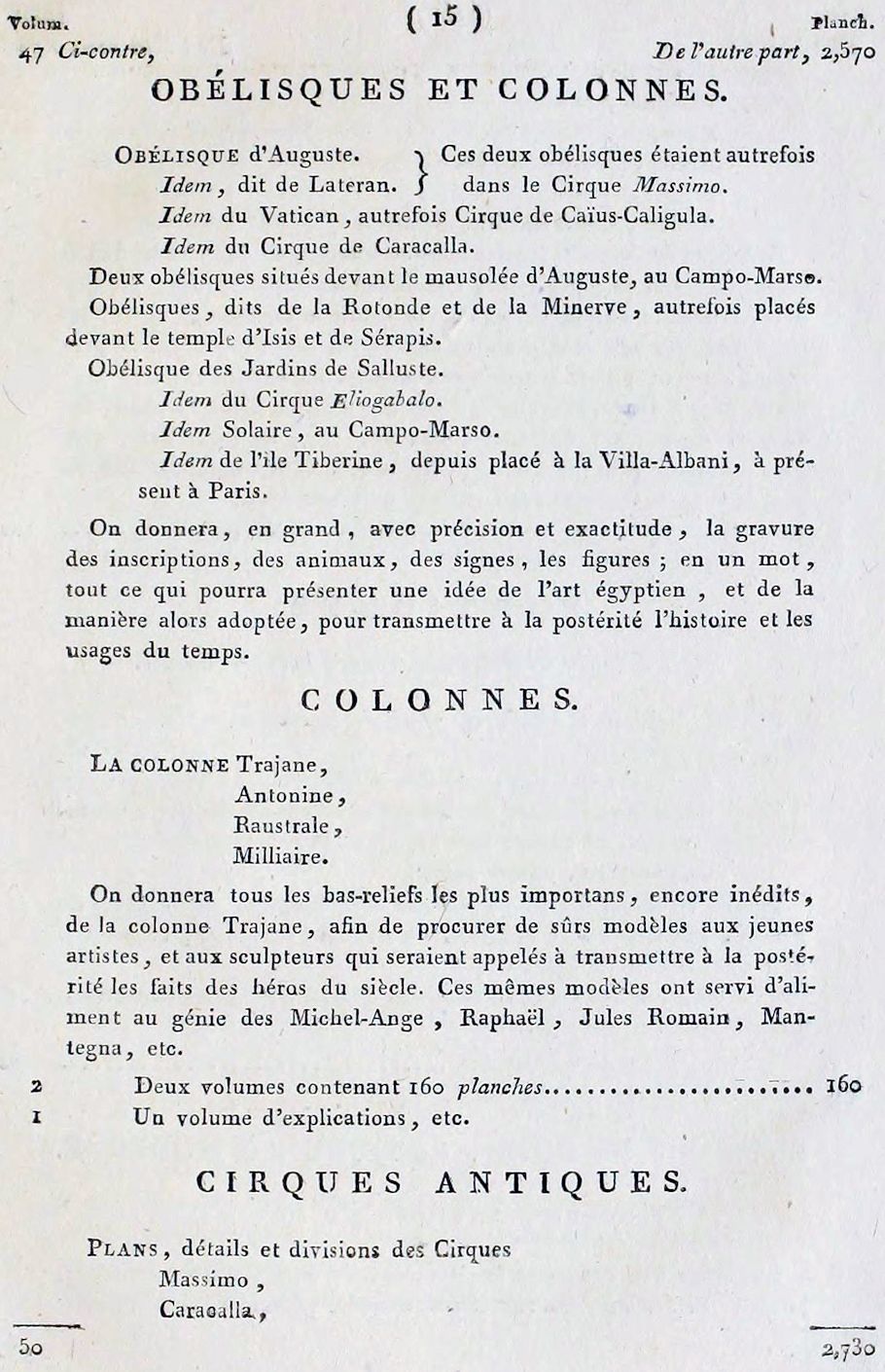
OBELIKS AND COLUMNS.
Obelisk of Augustus. --
Ditto, says de Lateran. -- These two obelisks were once in the Circus Massimo.
Ditto for the Vatican, formerly the Circus of Caius-Caligula.
Same with the Circus of Caracalla.
Two obelisks located in front of the Mausoleum of Augustus, at Campo-Marzio.
Obelisks, known as the Rotunda and the Minerva, formerly placed in front of the temple of Isis and Serapis.
Obelisk in the Gardens of Sallust.
Ditto for Circus Eliogabalo.
Ditto Solaire, at Campo-Marso.
Ditto for Tiberine Island, since placed at Villa-Albani, now in Paris.
We will give, in large, with precision and accuracy, the engraving of inscriptions, animals, signs, figures; in a word, everything that can present an idea of Egyptian art, and of the manner then adopted, in order to transmit to posterity the history and customs of the time.
COLUMNS.
Trajan's Column,
Antonina,
Southern,
Millennial.
We will give all the most important bas-reliefs, still unpublished, of Trajan's Column, in order to provide sure models for young artists, and for sculptors who would be called upon to transmit to posterity the deeds of the heroes of the century. These same models served as food for the genius of the Michel-Ange, Raphael, Jules Romain, Mantegna, etc.
Two volumes containing 160 plates
A volume of explanations, etc.
ANCIENT CIRCUSES.
Plans, details and division of the
Circus Maximus,
Caracalla,
3 April 1812 Friday
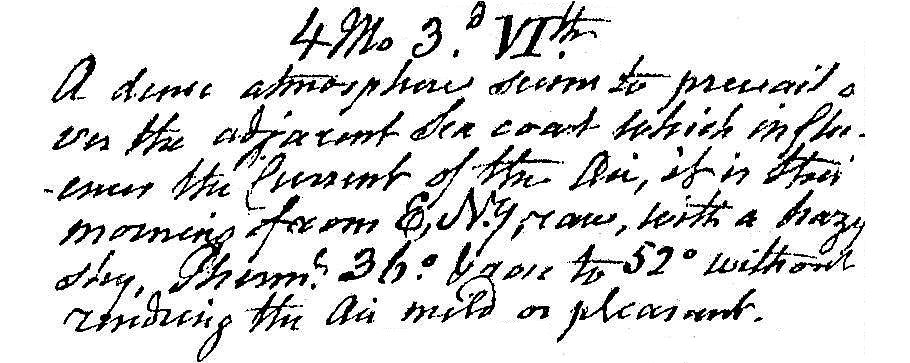
A dense atmosphere seems to prevail over the adjacent sea coast which influences the current of the air. It is this morning from the E Nerly, raw with a hazy sky. Therm. 36° and rose to 52° without rendering the air mild or pleasant.
3 April 2002
[architect of] Church of the Nativity, Bethlehem
I wonder if Flavia Julia Helena Augusta ever imagined that the Church of the Nativity would be a big part of world news just after Easter 2002 as she was first building this Church in AD 325-26.
The basilica at Bethlehem today is [I believe] a sixth century apposition to the original 'Helennian' structure. The interior columns, however, are still the ones Helena chose.
Before Helena, the Nativity site at Bethlehem was a cave.
Helena is also the (undisputed) 'builder' of the Church of the Ascension, but that basilica no longer exists. A mosque is now on that site.
3 April 2006
Re: Constantine and Christians
My general answer is that Helena and Eutropia were extremely influential over Constantine when it came to Christianity--Christianity was at that time pro women's rights. Constantine may have also had a great dislike of the more homosexually oriented Pagan cults--now there's a future irony.
Did Constantine see the embrace of Christianity as a way to "re-unify" the Empire?
I'd say that Constantine's main reason for presiding over the Arian Controversy was to establish himself as (still) head over "church" and state.
Re: Constantine and Christians
Pierre-Louis, I too thought of the Donatist controversy, (as preceding the Arian controversy), but I was more thinking of that controversy revolving around whether those Christian leader who gave up the faith under the Great Persecution should be allowed back into the Church. I was not aware (or had just forgotten) about the return-of-property issue, which I find much more provocative in that after 326 Constantine began to condemn (and seize the property of, I assume) Pagan cults with homosexual orientations.
I've always been curious if being a Roman emperor automatically meant that you were the wealthiest land owner in/of the Empire as well.
Re: Constantine and Christians
I'd like to mention that Krautheimer, in Corpus Basilicum Christianum Romae, offers the possibility that the Basilica Constantiniani, today's Basilica of St. John Lateran, the first Constantinian basilica of Rome, may have been started as early as November 312. If this is indeed the case, then we have Constantine giving land and a major church building to Christians, in this case the Pope, even before the Edict of Milan.
Re: Constantine and Christians
Here is the Krautheimer footnote:
Construction [of the Basilica Constantiniani] need not have taken many years. The huge Basilica Nova [another building] with its time-consuming vaulting system was built and completely decorated in four or five years; and we shall see that at St. Peter's construction and interior decoration were presumably completed in the course of six to eight years. The Lateran basilica, being smaller than St. Peter's, might well have been built and finished within five or six years. Dates given for the consecration are numerous, varying from 315 to 324, but they are never based on any sources. The Martyrologium Romanum gives November 9 as the feast day of the basilica, "Romae dedicatio Basilicae Salvatoris." However, as pointed out by Lauer, the date occurs first in the second version of the Descriptio Ecclesiae Lateranensis, 1153-1154: "Cuius dedicatio per totum orbum quinto idus novembris...celebratur..." By that time, then, the tradition was well established, but we do not know how far back it went. It is certainly older than the twelfth century, but it does not occur in the early sacramentaries and martyrologia dating from the fifth to ninth century. Is it, then, the date of a reconsecration after the rebuilding by Sergius III (904-911)? This is possible, but it is equally possible that the tradition springs from a fourth century root. We leave the question open. In any event, no year is given. However, it is curious that in the reigns of Constantine and Sylvester, November 9 falls on a Sunday--since the Middle Ages the customary day for church consecrations--only four times: 312, 318, 329, 335. The last two dates can be dispensed with: the period of construction [beginning from] 313 or 314 would be too long. However, 318 would be a very plausible date for the consecration of the church. Or should we stress the choice of the word dedicatio, rather than consecratio, by the sources? Dedicatio in Roman legal language is the act of handing over or ceding--dedere--an object, be it real estate or something else, to a deity; the act of consecratio follows, once the object has been installed or the shrine, temple or whatever, has been built. Is it possible, then, that November 9, 312, not quite two weeks after his conquest of Rome, was the day Constantine ceded to Christ the terrain on which the basilica was to be built and made the endowment for its future maintenance, in servitio luminum?
I'm not sure of the date of this text, but I vaguely remember it being before World War II. I do remember, however, that the first time I read this text was November 9, 2000.
Re: Constantine and Christians
Just for reference regarding the possible beginning date of the Basilica Constantiniani, according to Timothy Barnes in The New Empire of Diocletian and Constantine, Constantine was at Rome 29 October 312 to January 313, and at Rome 21 July 315 to 27 September 315, and at Sirmium (in today's Serbia) 24 October 318 to 13 April 319. The only other time Constantine was at Rome was 18 July 326 to 3 August 326, and he never returned to Rome after that.
3 April 2017

zero one one
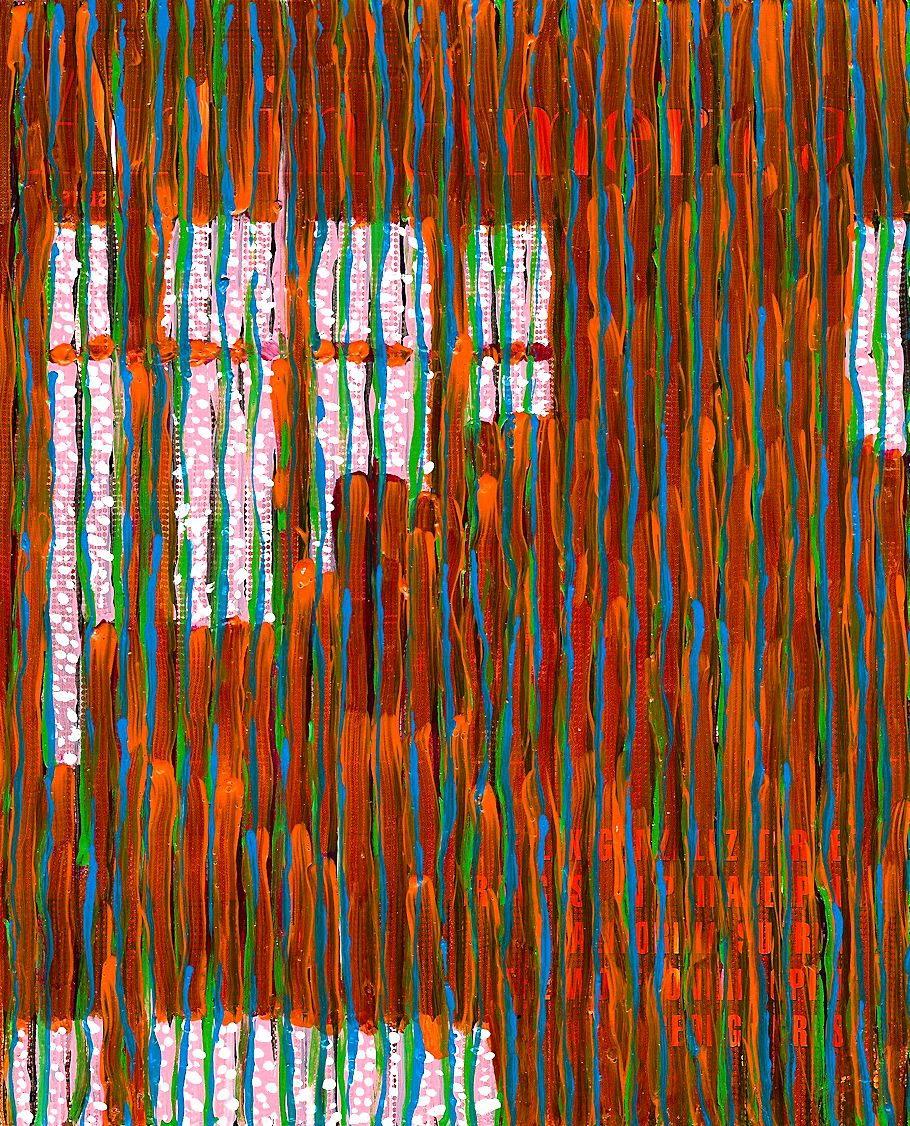
zero one two
3 April 2018
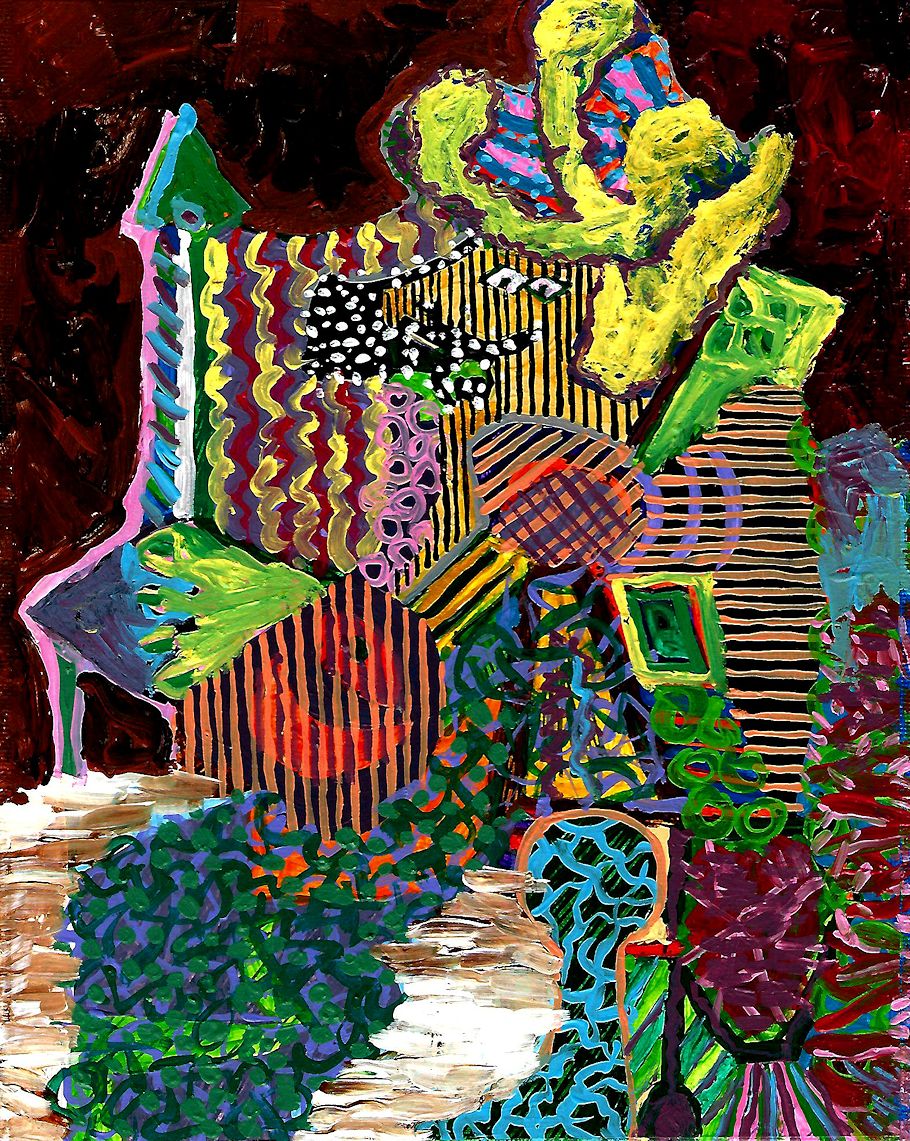
POPICA 018
3 April 2019
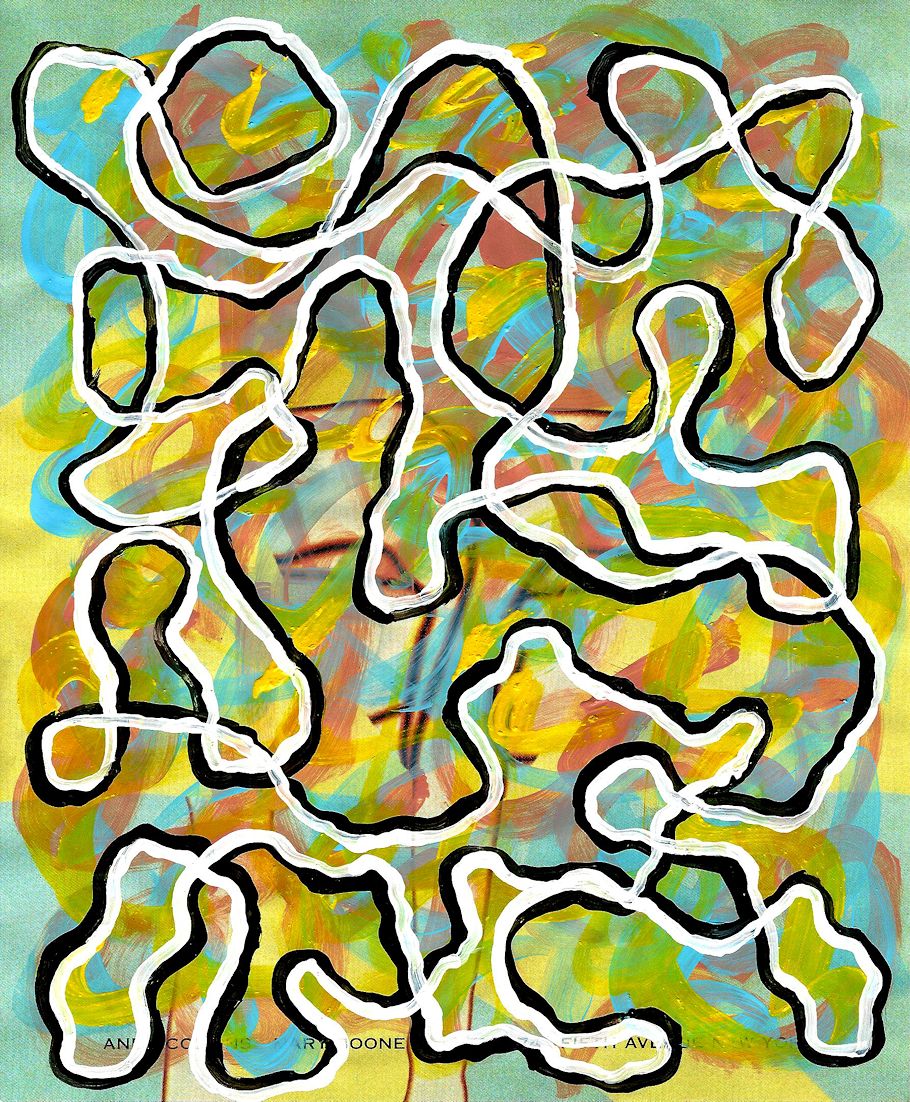
Mary Boone's 180 hours of community service hour 40
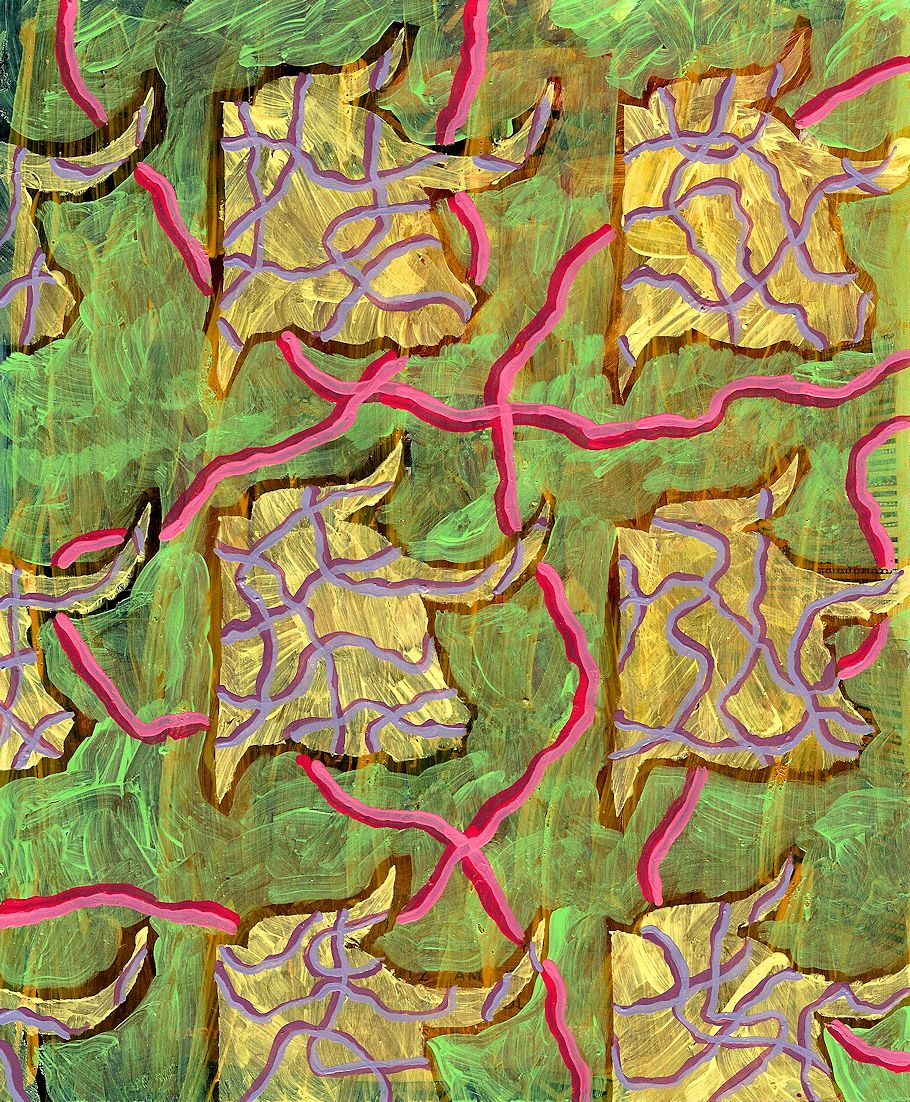
Mary Boone's 180 hours of community service hour 41
3 April 2023 Monday
Ask yourself, "What exactly did Nicholas do to get so many churches built in his name?" Around 200 years after his death there is a church built in his name in Constantinople, and around 250 years after his death there is a church built in his name in Rome and the site in Rome is even anciently specific. Since Nicholas was not a martyr, nor a believable miracle worker, he must have done something equally profound for the greater good of the Church. And since there is no documentation prior to the 9th century, Nicholas' deed or deeds were perhaps only(?) communicated by word of mouth, and perhaps likely only among clergy, where then the faithful were told fabulous story after fabulous story.
I feel I'm getting close to having a plausible set of answers as to what could have happened at Myra around the middle of the 4th century.
|